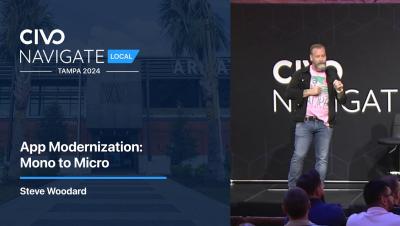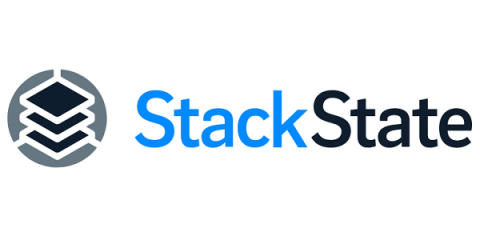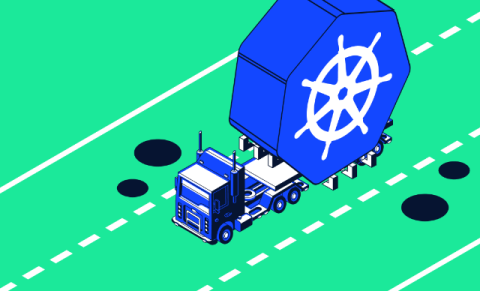Enlightning - Make Your Own Kubernetes User Experience with Headlamp!
Headlamp is a Kubernetes UI, created to help users navigate the complexity of Kubernetes. It is also extensible, enabling developers to build new experiences. In this episode, learn why Headlamp was created, how it works, how to adapt it to multiple use cases, and how to create plugins that can deliver different experiences for different users. Featuring host Whitney Lee and guest Joaquim Rocha ♫











